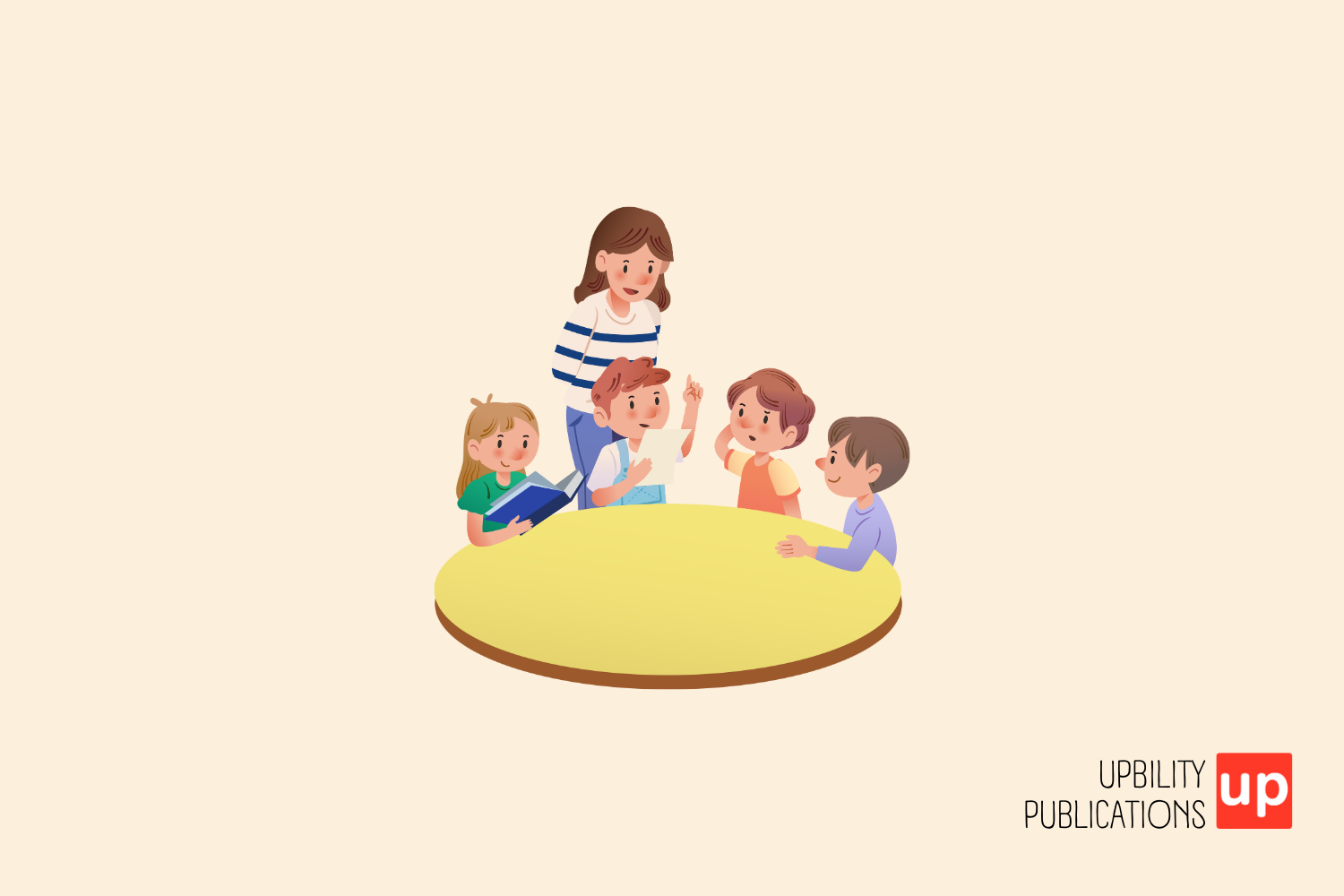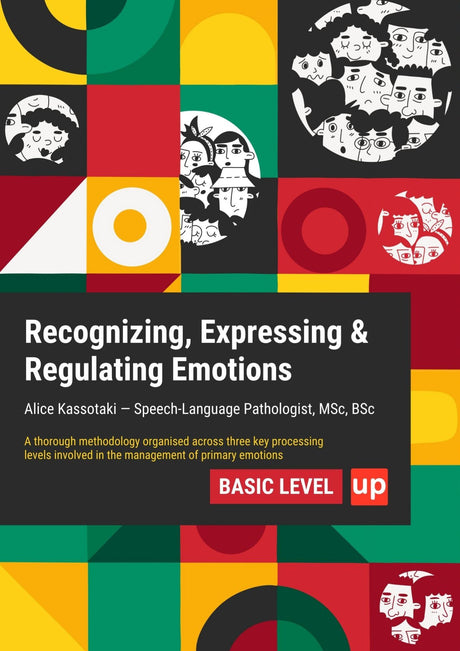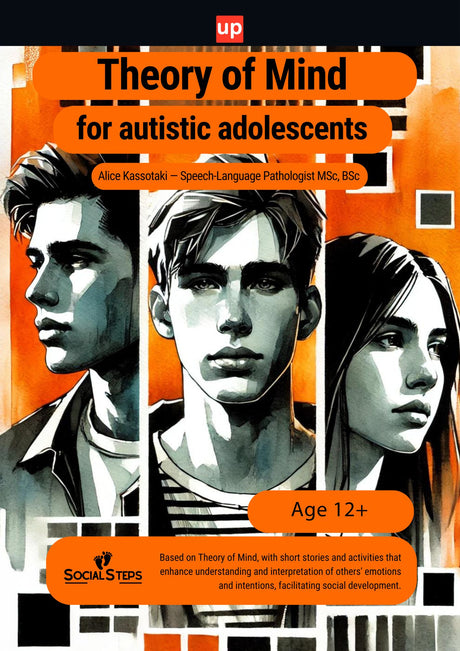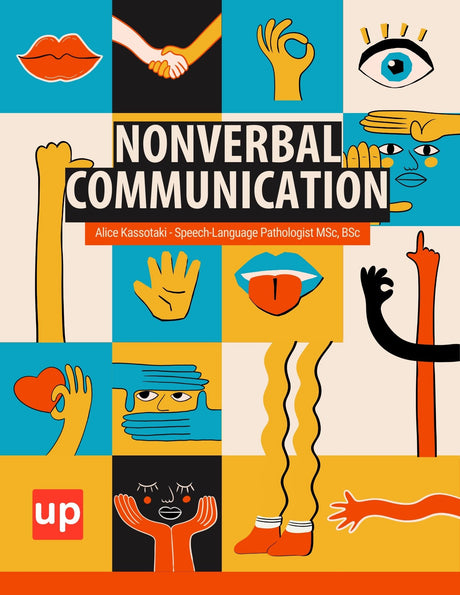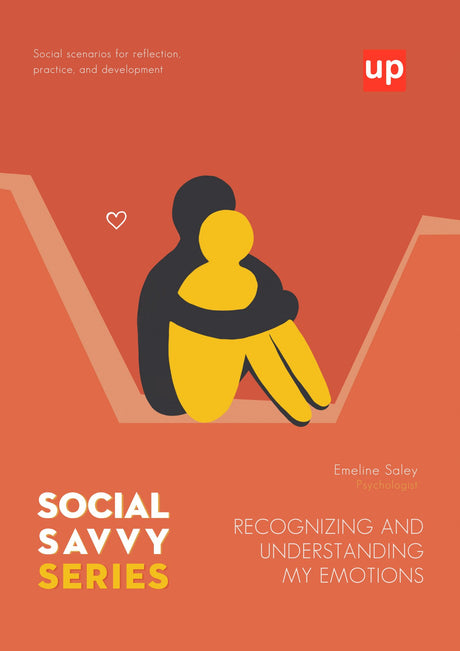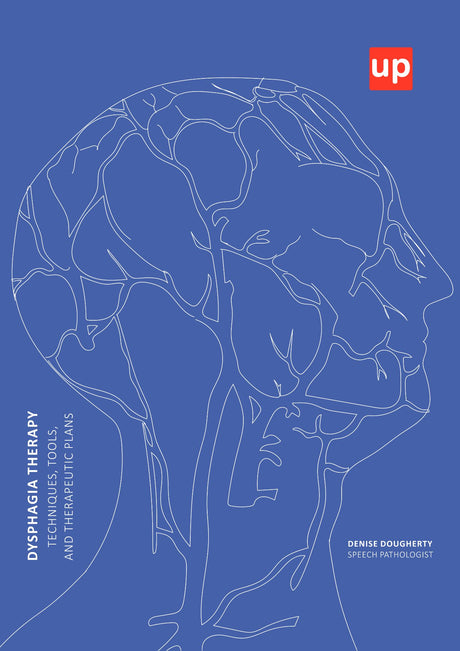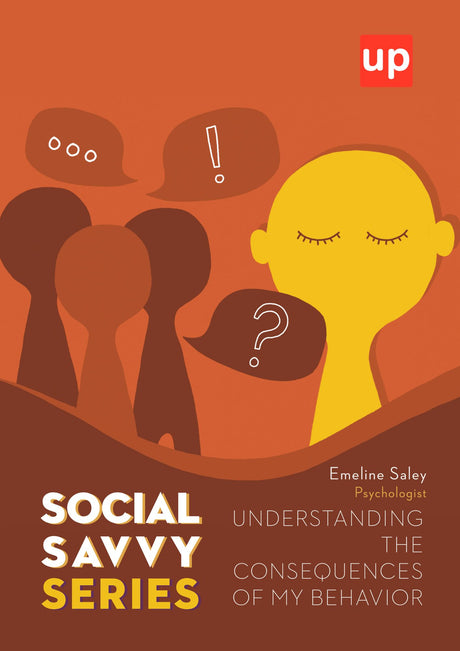Looking for ideas for an autism classroom? This guide offers practical tips to create a supportive learning space filled with innovative ideas for an autism classroom. You’ll learn about visual schedules, flexible seating, and sensory areas, plus teaching strategies and social skills development to help your autistic students thrive. With these ideas for an autism classroom, you can foster an inclusive environment that meets the diverse needs of all learners.
Key Takeaways
- An organized classroom with visual schedules, flexible seating, and calming sensory areas fosters independence and reduces anxiety for autistic students.
- Implementing effective teaching strategies, such as visual supports and positive reinforcement, enhances engagement and learning outcomes for autistic students.
- Life skills training and ongoing professional development for educators are vital to promote independence and ensure the best support for autistic students.
Setting Up an Autism Classroom

A well-organized classroom with clearly defined workstations supports autistic students’ independence and learning by providing structure and minimizing distractions. Storing away materials not needed daily reduces clutter and prevents sensory overload, helping maintain a calming atmosphere. Structured routines greatly reduce anxiety and offer a sense of security for students with autism.
The following sections discuss three critical components of an autism classroom setup: visual schedules, flexible seating options, and calming sensory areas. These elements create a welcoming environment that supports students’ diverse needs and enhances their learning experience through step autism classroom design.
Visual Schedule Setup
Visual schedules reduce anxiety by clearly outlining daily routines and transitions. They help students understand predictable routines and expectations, and build clear routines and trust.
Using materials like:
- AstroBrights paper
- Laminating sheets
- Velcro
- Icons
These schedules can be customized to meet each student’s needs and displayed on a bulletin board or file cabinet for easy access.
Visual timers can further aid students by showing the remaining time during activities and providing additional preparation time for transitions. These visual supports help maintain focus and stay on task completion, especially during unstructured times.
Flexible Seating Options
Flexible seating options allow individualized comfort and sensory input, improving focus and engagement by catering to the sensory needs of students and enhancing their comfort and concentration.
Bean bags, wobble stools, and floor cushions are popular favorite flexible seating options that students can choose based on their preferences and needs.
Calming Sensory Area
A designated calming sensory area with sensory tools supports self-regulation for students feeling overwhelmed. Items like sensory toys, weighted blankets, and fidget toys help students self regulate and regain focus.
A Student Retreat Zone with sensory toys, picture books, comfortable seats, and a calming area promotes relaxation and emotional regulation for children. Music or calming sounds can further enhance this soothing environment for students with sensory sensitivities.
Teachers should practice using the calming sensory area with students during the first few weeks of school, ensuring they understand its use. This preparation helps students effectively utilize this space to reduce anxiety and manage sensory stimuli.
Teaching Strategies for Autistic Students

Effective teaching strategies are crucial for engaging autistic students and improving learning outcomes. Practical, evidence-based approaches help students understand and retain information better. Breaking tasks into smaller steps aids comprehension and builds confidence, while differentiated instruction addresses various learning styles, engaging all students, including those with autism.
Three key teaching strategies include using visual supports, positive reinforcement techniques, and incorporating special interests. These methods create a supportive learning environment that meets the diverse needs of students with autism.
Using Visual Supports
Consistent visual supports reduce anxiety, increase cooperation, and build trust. Visual aids help students comprehend and retain information, promoting independence and reducing uncertainty. For example, visual schedules simplify complex tasks and clarify expectations, making transitions smoother.
AAC tools, such as Picture Exchange Communication Systems (PECS), significantly enhance communication for students with autism, improving their ability to express themselves. Sensory bins tailored to individual preferences also provide personalized learning experiences, supporting sensory needs.
Positive Reinforcement Techniques
Positive reinforcement encourages desired behaviors with rewards like tokens, treats, or compliments, motivating students and managing behavior effectively. Visual cues and timers keep students motivated and focused. Methods include thumbs up, high fives, verbal praise, and tokens, which can be integrated into a token economy system.
A reward system helps students feel regulated and improves their ability to learn and engage in class, particularly supporting students with autism by encouraging positive behaviors and reducing frustration.
Incorporating Special Interests
Incorporating students’ related special interests into lessons significantly enhances their focus and engagement. Tailoring lessons to teach students topics students are passionate about creates a more motivating and stimulating differentiated curriculum.
Social Skills Development

Developing social skills is crucial for autistic students, essential for effective communication and interaction with peers. Activities like board games, cooking, and morning meetings promote social skills by encouraging discussions about interests, promoting active listening, and fostering friendships.
Three effective methods for social skills development include emotion recognition activities, role-playing scenarios, and social skills activities for peer interaction. These activities help students understand and navigate social interactions, improving their social competence.
Emotion Recognition Activities
Emotion recognition activities help students understand and express their feelings, which is vital for social development. These activities should be incorporated daily for about 15-20 minutes to ensure consistent practice.
Using emotion cards, where students recognize and identify emotions without looking at the word, is an effective method.
Role-Playing Scenarios
Role-playing teaches autistic students appropriate behavior in various situations. By participating in scenarios like greeting a peer, asking for help, or joining a group activity, students can practice social skills in a safe and supportive environment.
Peer modeling enhances this process by allowing students to learn through observation.
Group Activities for Peer Interaction
Group activities like Uno and Go Fish enhance social skills among students. The Name Game, where students form a circle, introduce themselves, and point to others while repeating names, promotes social interaction and peer relationships, especially at the beginning of the school year.
Small structured lunch groups with discussion topics effectively promote social interaction among older students in a small group setting.
Sensory Activities for Autism Classrooms

Sensory activities cater to the unique needs of autistic students, enhancing their overall learning experience. Activities involving different textures, colors, and sounds greatly enhance sensory exploration and provide a calming effect. For instance, slime promotes tactile exploration and can be used for hands-on learning in art and STEM. Coloring is another effective calm-down activity, helping students regulate emotions during overwhelming moments.
Three types of sensory activities include fidget toys and tools, sensory bins, and sound-based sensory resources. These activities support students’ sensory needs and help manage sensory overload.
Fidget Toys and Tools
Fidget toys aid emotional regulation and focus in autism classrooms. Sensory tools and fidgets provide movement breaks, helping students redirect energy and maintain concentration.
These tools support fine motor and play skills, making them valuable classroom resources.
Sensory Bins
Sensory bins, filled with various materials, provide opportunities for sensory exploration and hands-on learning.
Materials that can be used in a large container include:
- Rice
- Beans
- Sand
- Water beads
This allows students to explore different textures.
Sensory bins enhance fine motor skills, provide a calming effect, and encourage imaginative play.
Sound-Based Sensory Resources
Sound-based sensory activities provide auditory stimulation that enhances the learning environment for autistic students. Activities like music therapy, sound cushions, and auditory games engage students in a fun and interactive way.
These activities improve focus, enhance social interactions, and provide a calming effect.
Life Skills Training
Life skills training should be a primary focus in autism classrooms to promote independence. Effective training enhances everyday independence and self-esteem in individuals with autism. Focusing on essential skills helps students gain confidence and navigate daily life more effectively.
Three areas of life skills training include daily living skills, communication skills, and community-based instruction. These areas help students develop the skills needed to thrive both in and out of the classroom.
Daily Living Skills
Teaching daily living skills, such as brushing teeth and combing hair, promotes independence in autistic students. Activities like dressing and grooming help students learn to care for themselves and develop fine motor skills.
Communication Skills
Communication skills are essential for autistic students to express themselves and interact effectively with peers and teachers. Various communication systems, such as PECS, core boards, and dynamic speech-generating devices, support students’ needs in the classroom.
These tools help students practice and improve their communication skills, making participation in classroom activities and social interactions easier.
Community-Based Instruction
Community-based instruction helps students apply skills in real-world settings, improving their ability to generalize learned skills. Applying classroom skills in community settings reinforces the learning process and increases skill retention.
This approach allows students to practice skills in authentic environments, making the transition from classroom to community smoother and more effective.
Professional Development for Autism Teachers

Ongoing training and development for educators of autistic students are essential to stay updated with the latest research and best practices. Professional development equips special education teachers with strategies needed to support autistic students effectively, fostering a more inclusive and productive learning environment. Programs like Incredible Years offer specific training for teachers, helping them manage classrooms and support students with autism.
Three main avenues for professional development include workshops and seminars, collaboration with specialists, and online courses and resources. These opportunities ensure that teachers are well-prepared to meet their students’ needs and continually improve their teacher methods.
Workshops and Seminars
Attending workshops and seminars keeps educators updated with best practices in autism education. Participants engage through storytelling and real-life experiences, enhancing their understanding of autism and effective teaching strategies.
These events provide valuable insights and practical knowledge that teachers can apply in their classrooms to better support autistic students and autism teacher.
Collaboration with Specialists
Collaboration with specialists like speech and occupational therapists can significantly enhance the support provided to students. Regular team meetings, such as those held monthly, allow teachers and specialists to stay updated on student progress and strategies, ensuring a coordinated approach to supporting students’ needs.
Online Courses and Resources
Many online courses focus on foundational knowledge about autism spectrum disorder and practical strategies tailored for teaching students with special education needs related to ASD. Self-paced online courses allow educators to learn at their convenience, catering to varied schedules.
Webinars, virtual learning communities, and short instructional videos offer updated research and evidence-based strategies, providing practical guidance on implementing effective strategies for students with autism.
Upbility offers a wide range of resources designed to support educators and parents in creating an effective autism classroom. From comprehensive guides on implementing visual schedules and flexible seating to specialized tools for enhancing communication and social skills, Upbility provides practical solutions to meet the diverse needs of autistic students. Their resources are grounded in evidence-based practices, ensuring that teachers and caregivers can confidently support students' learning and development. By leveraging Upbility's materials, educators can foster an inclusive and nurturing environment that empowers autistic students to thrive academically and socially.
Summary
Creating an effective learning environment for autistic students involves careful planning and implementation of various strategies. From setting up an autism classroom with visual schedules, flexible seating, and calming sensory areas, to employing teaching strategies like visual supports, positive reinforcement, and incorporating special interests, each element plays a crucial role in supporting students’ success. Additionally, fostering social skills through emotion recognition activities, role-playing scenarios, and group activities is essential for students’ overall development.
Life skills training, including daily living skills, communication skills, and community-based instruction, further enhances students’ independence and self-esteem. Continuous professional development for teachers, through workshops, collaboration with specialists, and online courses, ensures that educators are well-equipped to meet the diverse needs of their students. By integrating these strategies, we can create a supportive and effective learning environment for autistic students, helping them thrive academically, socially, and emotionally.
Original content from the Upbility writing team. Reproduction of this article, in whole or in part, without credit to the publisher is prohibited.
Frequently Asked Questions
What are the benefits of using visual schedules in an autism classroom?
Using visual schedules in an autism classroom significantly reduces anxiety and uncertainty, fostering predictability and trust. They help students grasp daily routines and expectations, empowering them to navigate their day with confidence.
How can flexible seating options benefit autistic students?
Flexible seating options significantly benefit autistic students by providing individualized comfort and sensory input, which improves focus and engagement. By catering to their unique sensory needs, these arrangements enhance their ability to concentrate and thrive in the classroom.
What role do calming sensory areas play in an autism classroom?
Calming sensory areas are essential in an autism classroom as they offer a safe space for students to self-regulate and manage overwhelming feelings. By using sensory tools like weighted blankets and fidget toys, these areas significantly reduce anxiety and support emotional well-being.
Why is professional development important for autism teachers?
Professional development is crucial for autism teachers as it keeps them informed about the latest research and effective strategies. This continuous learning empowers them to create a more inclusive and supportive environment for their students.
How does community-based instruction benefit autistic students?
Community-based instruction significantly benefits autistic students by allowing them to apply essential skills in real-world settings, which enhances their ability to retain and generalize what they've learned. Embrace this approach to empower their transition from classroom to community!
References
-
Grandin, T. (2011). The Way I See It: A Personal Look at Autism & Asperger's. Future Horizons.
-
Mesibov, G. B., Shea, V., & Schopler, E. (2005). The TEACCH Approach to Autism Spectrum Disorders. Springer.
-
Gray, C. (2010). The New Social Story Book. Future Horizons.
-
Hodgdon, L. A. (1995). Visual Strategies for Improving Communication: Practical Supports for School and Home. QuirkRoberts Publishing.
-
National Research Council. (2001). Educating Children with Autism. National Academy Press.
-
Simpson, R. L., de Boer-Ott, S. J., & Smith-Myles, B. (2003). Inclusion of Learners with Autism Spectrum Disorders in General Education Settings. Topics in Language Disorders, 23(2), 116-133.
-
Koegel, L. K., Matos-Freden, R., Lang, R., & Koegel, R. L. (2012). Interventions for Children with Autism Spectrum Disorders in Inclusive School Settings. Cognitive and Behavioral Practice, 19(3), 401-412.
-
Wong, C., Odom, S. L., Hume, K. A., Cox, A. W., Fettig, A., Kucharczyk, S., ... & Schultz, T. R. (2015). Evidence-Based Practices for Children, Youth, and Young Adults with Autism Spectrum Disorder: A Comprehensive Review. Journal of Autism and Developmental Disorders, 45(7), 1951-1966.
-
McKenna, K. (2018). Sensory Processing for Children with Autism: A Guide for Parents and Teachers. CreateSpace Independent Publishing Platform.

